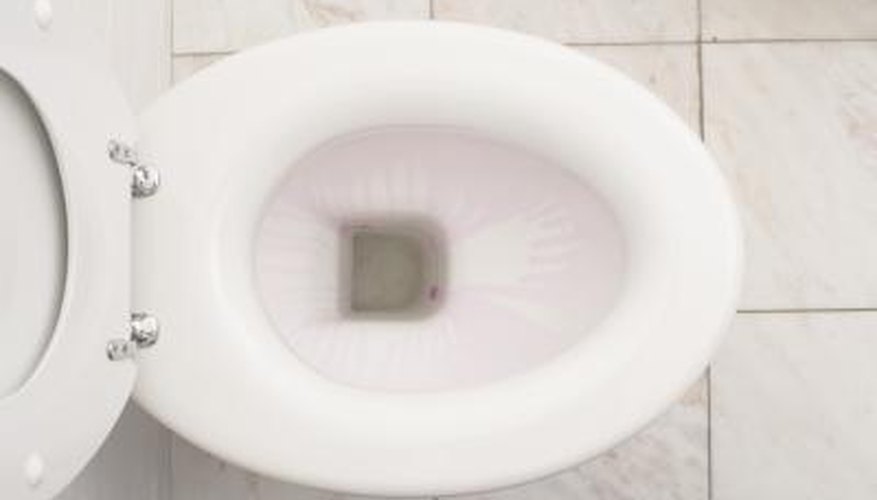While wall-mounted toilets can help save space in the bathroom and can help contribute to a sleek, modern decor, these "hovering" bowls also come with some disadvantages. As the online construction resource website eBuild notes, unlike standard, floor-mounted toilets, wall-mounted toilets discharge waste through a rear outlet in the wall, as opposed to an outlet in the floor. And while the extra legroom and storage space they create are beneficial, the cons of wall-mounted toilets could still outweigh the pros.
Installation
According to plumbing resource website First Call, installing wall-mounted, or wall-hung, toilets is a more complex procedure in comparison to installing standard toilets. This is because the tanks of wall-mounted toilets, and their flushing mechanisms, must be built into bathroom walls, as opposed to simply being placed in front of them. Also, as First Call mentions, the seats of wall-mounted toilets require specialised framing.
Cost
Wall-mounted toilets are also more expensive than their basic counterparts. According to the plumbing resource website Plumbing Point, consumers can expect to pay £65 to £325 more for a wall-mounted toilet unit than a floor-mounted unit. Typically, the more elegant or chic the wall-mounted units are, the more they cost.
Repairs
As online resource website Canada Top mentions, one of the main downsides of a wall-mounted toilet is that if a plumbing issue occurs---such as an overflowing toilet or busted flushing mechanism---the crucial components of the toilet are not easy for you or your plumber to reach. Unless you've included an access panel, serious plumbing problems could require breaking through the wall. Also, as Plumbing Point notes, repairing wall-mounted toilets is not an inexpensive affair, because most units utilise specifically tailored seal ring gaskets, as opposed to standard wax ring gaskets that floor-mounted toilets use. While replacing a wax gasket typically costs around £1.90, replacing a seal ring gasket in a wall-mounted toilet can cost upwards of £13.
- As online resource website Canada Top mentions, one of the main downsides of a wall-mounted toilet is that if a plumbing issue occurs---such as an overflowing toilet or busted flushing mechanism---the crucial components of the toilet are not easy for you or your plumber to reach.
- Also, as Plumbing Point notes, repairing wall-mounted toilets is not an inexpensive affair, because most units utilise specifically tailored seal ring gaskets, as opposed to standard wax ring gaskets that floor-mounted toilets use.
Seat Stress
Even with their sturdy framing, the seats on wall-mounted toilets can become subject to stress, which could lead to cracking, leaking or other problems. According to Plumbing Point, the majority of bathroom walls in the U.S. are not designed to support wall-mounted toilets, so a particularly heavy individual sitting on a wall-mounted seat could potentially cause the toilet to pull out from--or become loosened from--the wall. Standing, jumping and other types of activities that put weight on the toilets could cause damage to the bolts in the framing, and could also cause porcelain on the seat to crack.
